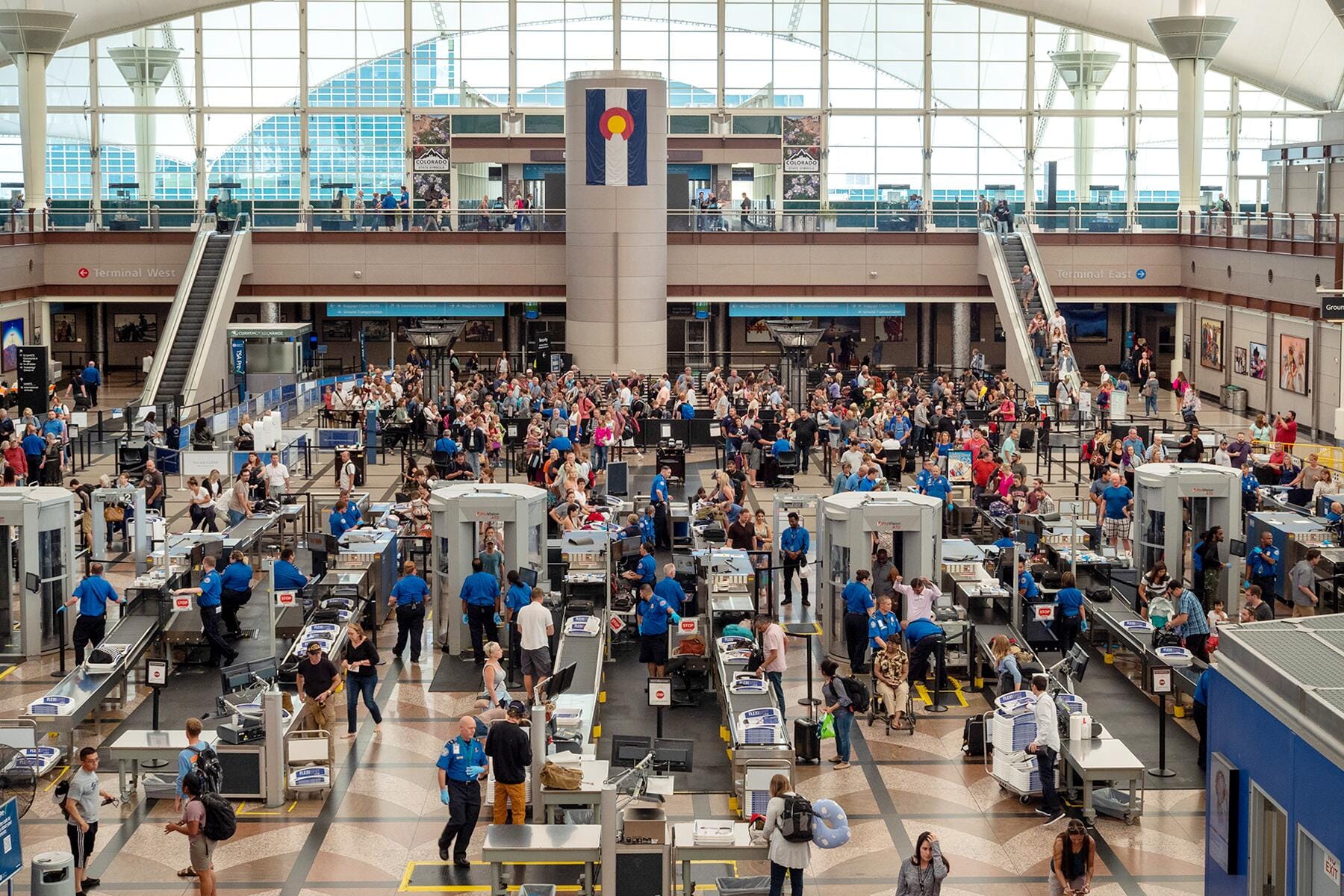After a dog bit me in Cambodia, I learned more than I ever wanted to know about rabies.
Strolling the back alleys of Phnom Penh, I was concentrating fiercely to avoid bumping into cooking pans full of boiling oil or being run down by motorbikes. I had just visited the city’s genocide museum and was so unsettled that a walk around the block before getting into my waiting rickshaw seemed like a good idea.
When a motorcyclist stopped in front of me, I stepped back to give him room—right into the jaws of a chained-up guard dog. For a few seconds, I couldn’t figure out the source of all that growling and tugging on my arm. Then the Rottweiler spat me out and into a journey of rabies treatment in three countries.
As people begin to travel the world again, increasing numbers of visitors may face the same predicament. The COVID-19 pandemic threatens to undermine the fight against rabies, warns Louis Nel, executive director of the Global Alliance for Rabies Control, in an article for the news site The Conversation. Public health workers who would usually be vaccinating dogs have been diverted to the new crisis, he points out. But rabies is still killing some 59,000 people a year, including travelers.
Potentially Fatal Misconceptions
Virtually 100% fatal if untreated before symptoms develop, rabies is a virus that spreads to humans through an infected animal’s saliva and attacks the central nervous system. While Antarctica is the only continent that is free of rabies, the disease is most prevalent in Asia and Africa. And while locals—about half of them children—bear the brunt of deaths from this terrible disease, travelers fall prey, too. In recent years, tourists have died after playing with a stray puppy in the Philippines, being nipped by a puppy at a yoga retreat in India, and being bitten by a cat in Morocco.
Recommended Fodor’s Video
To avoid succumbing to what is sometimes called the world’s deadliest disease, make sure you’re not harboring any potentially fatal misconceptions about rabies. Here’s what I learned after tangling with a dog.
You Don’t Have to Be Bitten to Get Infected
In my case, the dog got a mouthful of sleeve and barely broke my skin. But while a dog brushing up against your bare leg isn’t something to worry about, a scratch or even an animal licking an open cut on your hand counts as potential exposure, says David Shlim, MD, a past president of the International Society of Travel Medicine. In some cases—say a bite from the tiny teeth of a bat that gets into your hotel room while you’re sleeping—you may not even know you’ve been bitten.
Animals With Rabies Aren’t Necessarily Frothing at the Mouth
Late-stage rabies can make it difficult to swallow, which is what causes frothing. But an infected animal is dangerous even before it starts showing symptoms, says Shlim, explaining that there’s no way to tell by looking if an animal has the disease. And while the only definitive test is to examine the animal’s brain, he says, trying to identify and capture a street dog, monkey, or another animal so its head can be cut off and its brain examined just wastes time. Don’t wait to find out if an animal actually has rabies, says Shlim. Instead, assume it does and begin treatment.
Don’t Wait Until You Get Home to See a Doctor
Washing a wound thoroughly helps reduce the chances of infection, at least in animal studies, according to the Centers for Disease Control and Prevention (CDC). But then you need to seek medical care as soon as possible, says the CDC. For Shlim, that means no more than three to five days after exposure. But the virus may move faster if your bite is in a nerve-rich area like your hand or face. Act as quickly as possible to get somewhere where you can start the vaccination process, even if that means you have to medevac to another country where vaccines are more readily available.

A Rabies Shot Before You Leave for Your Trip Isn’t Enough
You can get “pre-immunized” before your trip, something the CDC recommends if you’ll be traveling in remote areas where medical care is hard to get. The three-shot series is expensive if your insurance doesn’t cover it and takes three weeks, but will give you the antibodies you’ll need to start fighting off rabies if you’re exposed. But don’t make the mistake of thinking pre-immunization is enough. You’ll still need more shots post-exposure, just not as many as you would if you’d been pre-immunized. Since I wasn’t pre-immunized, on the day of my bite I had a shot of human rabies immune globulin to give my body a head start with pre-made antibodies, plus the first of four rabies vaccines to prompt my body to produce antibodies of its own.
Fortunately, Rabies Shots No Longer go into the stomach.
I admit that the rabies immune globulin shot hurt. When the doctor held up the giant syringe and told me the shot had to go right into the area where I’d been bitten, I almost fainted. And as a large American in a land of tiny Cambodians, I pretty well exhausted their supply, since how much you get depends on how much you weigh. The four rabies vaccines that followed were just normal shots in the arm.
A Local Hospital May Not Be Your Best Bet
My rickshaw driver was hell-bent on whisking me to the local hospital. But the staff at my hotel steered me instead to a clinic run by International SOS, where I was treated by an English-speaking European doctor. While I did end up getting two of my rabies vaccines at hospitals—one in Angkor Wat and one in Kyoto—I also got one at an Australian Embassy clinic in Vientiane, Laos, at the recommendation of an expat who touted the benefits of the embassy’s steady electric supply for vaccines that must be refrigerated. While that clinic has since closed, the French Embassy still runs a clinic open to all in Vientiane.
Rabies Can Show up Years Later if You Don’t Get Treated
Don’t think you’re off the hook just because you feel fine by the time you get home from your trip. While most cases develop within the first year after a bite, says Shlim, there have been cases where it takes years. There is no period of time where you can declare yourself safe, he says. And it’s not worth the worry you’ll feel every time you get a headache or a tingling in your arms, he adds.

Rabies Is Preventable
Travel insurance—especially policies that cover medical evacuations—is a good idea. Don’t put yourself in a position where you’ll be tempted to forego treatment because of its cost. My treatment cost a whopping $1,600, which I had to pay out before being reimbursed by my insurance company. But do your best to avoid needing care in the first place, Shlim emphasizes. Don’t pat dogs or touch other animals while you’re abroad. Don’t feed monkeys or even carry food in areas where they are present. And support efforts to vaccinate dogs and educate others via organizations like the Global Alliance for Rabies Control or Mission Rabies.
Such a good reminder. We tend to get too casual when traveling, and this is a wake-up call.
Excellent article! Lots I didn't know, especially that so many people still die from rabies, and that it can show up years later.
Wow. That's important information. You are a tough traveler, I would have gone home immediately.
So glad I read this article, who knew?! Definitely getting travel insurance now when I travel off the beaten path. Thanks for the insights.




As a retired nurse I was happy to see this article which had educational, concise, and well documented information in it. So many people don't realize how dangerous just a scratch is or the fact that an animal's saliva could kill.